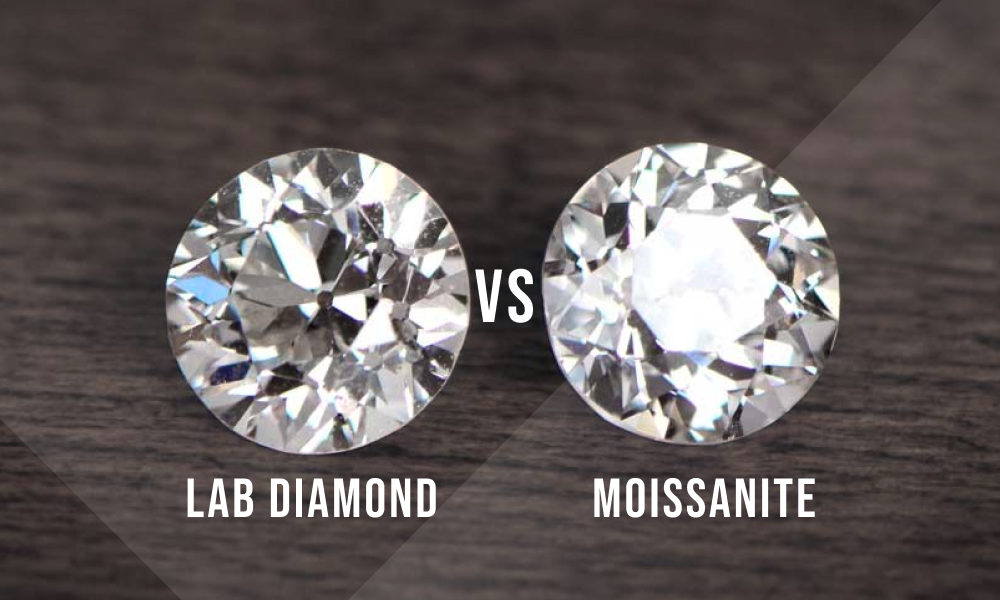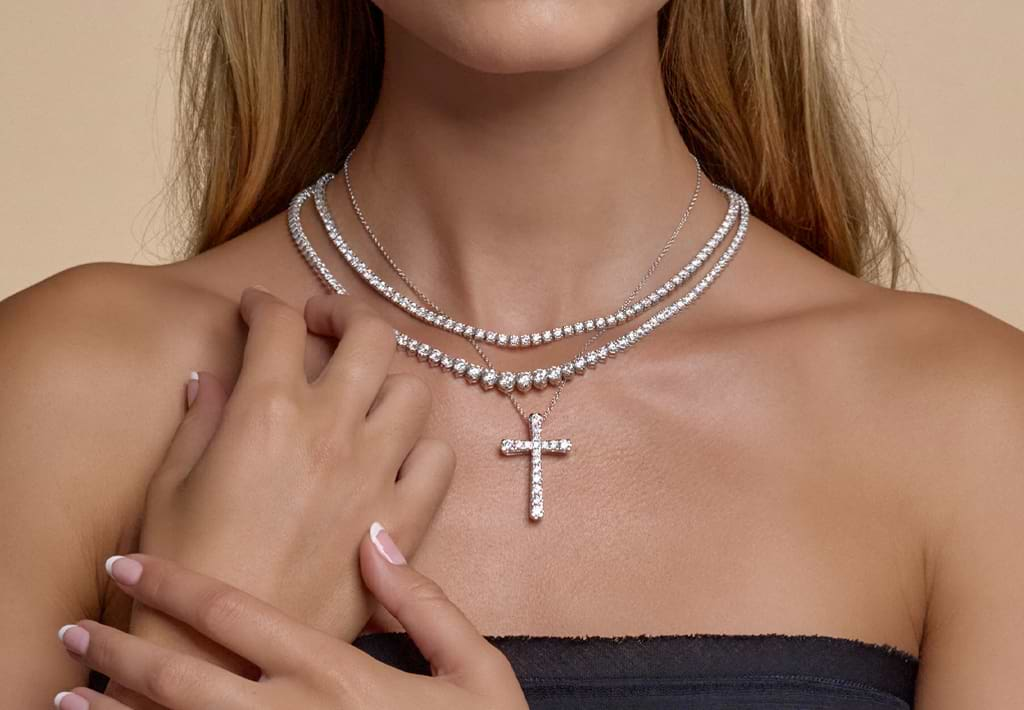Lab diamonds have gained immense popularity in recent years due to their ethical sourcing, affordability, and stunning brilliance. One of the most important aspects of purchasing a lab diamond is understanding the lab grown diamonds 4Cs. These four key characteristics—cut, color, clarity, and carat weight—determine the beauty and value of a lab diamond. By learning about the lab grown diamonds 4Cs, you can make an informed decision and choose the perfect lab diamond for your needs.
Cut: The Most Important Factor in Lab Diamonds
The first and most crucial aspect of the lab grown diamonds 4Cs is the cut. The cut of lab diamonds affects their brilliance and sparkle, making it a vital characteristic to consider. A well-cut lab diamond reflects light beautifully, creating a dazzling effect. The precision of the cut determines how much light is returned to the viewer’s eye. Lab diamonds with an excellent or ideal cut maximize light performance, ensuring exceptional fire and brilliance. Understanding the cut quality in the lab grown diamonds 4Cs is essential for selecting a breathtaking stone.
Color: The Shades of Lab Diamonds
Another key element of the lab grown diamonds 4Cs is color. Lab diamonds are graded on a scale from D (colorless) to Z (light yellow or brown). The less color a lab diamond has, the more valuable it is. The finest lab diamonds are completely colorless and resemble the highest-quality natural diamonds. Many buyers prefer near-colorless lab diamonds because they offer excellent value while still appearing white to the naked eye. Evaluating the color grade in the lab grown diamonds 4Cs ensures that you select a visually stunning lab diamond within your budget.
Clarity: Evaluating Inclusions in Lab Diamonds
Clarity is a crucial factor in the lab grown diamonds 4Cs, as it refers to the presence of internal and external imperfections, known as inclusions and blemishes. The clarity grade of lab diamonds ranges from Flawless (FL) to Included (I). Most lab diamonds have minor inclusions that are not visible without magnification. Choosing a lab diamond with a high clarity grade ensures an eye-clean appearance, meaning that any imperfections are not noticeable to the naked eye. Understanding clarity in the lab grown diamonds 4Cs helps buyers choose a beautiful lab diamond with minimal flaws.
Carat Weight: The Size of Lab Diamonds
The last of the lab grown diamonds 4Cs is carat weight, which measures the size of lab diamonds. A higher carat weight means a larger lab diamond, but size alone does not determine beauty. Well-cut lab diamonds can appear larger than their actual carat weight due to their brilliance and proportions. When selecting a lab diamond, it is essential to balance carat weight with cut, color, and clarity to find the perfect combination. By considering the carat weight in the lab grown diamonds 4Cs, buyers can choose a lab diamond that meets their size and budget preferences.
Why the Lab Grown Diamonds 4Cs Matter
Understanding the lab grown diamonds 4Cs is essential for making an informed purchasing decision. Each of these factors contributes to the overall appearance, quality, and value of lab diamonds. By carefully evaluating the cut, color, clarity, and carat weight, buyers can select a lab diamond that suits their style and budget. The lab grown diamonds 4Cs provide a standardized way to compare different lab diamonds, ensuring that consumers can confidently choose the best option available.
How to Choose the Best Lab Diamonds Using the 4Cs
Selecting the best lab diamonds requires a thorough understanding of the lab grown diamonds 4Cs. The ideal lab diamond will have an excellent cut, a desirable color grade, minimal inclusions, and the right carat weight for your needs. While some buyers prioritize size, others focus on maximizing brilliance and clarity. By balancing the lab grown diamonds 4Cs based on personal preferences and budget, buyers can find a stunning lab diamond that meets their expectations. Comparing different lab diamonds using the lab grown diamonds 4Cs ensures that you make a well-informed choice.
The Advantages of Lab Diamonds Over Natural Diamonds
Lab diamonds offer several benefits over natural diamonds, making them an excellent choice for many buyers. One significant advantage of lab diamonds is that they are more affordable than their natural counterparts. Because lab diamonds are created in a controlled environment, they do not have the same supply chain costs as mined diamonds. Additionally, lab diamonds are ethically sourced, making them an eco-friendly and conflict-free option. By understanding the lab grown diamonds 4Cs, consumers can enjoy high-quality lab diamonds at a fraction of the price of natural diamonds.
Caring for Your Lab Diamonds
Proper care is essential to maintain the brilliance of lab diamonds. Regular cleaning helps remove dirt and oils that may dull the appearance of lab diamonds. To clean lab diamonds at home, use a gentle solution of warm water and mild soap, then gently scrub with a soft toothbrush. Storing lab diamonds separately from other jewelry prevents scratches. By understanding the lab grown diamonds 4Cs and following proper care techniques, you can keep your lab diamonds looking stunning for a lifetime.
Conclusion: The Importance of the Lab Grown Diamonds 4Cs
The lab grown diamonds 4Cs—cut, color, clarity, and carat weight—are fundamental to choosing the perfect lab diamond. Each factor plays a crucial role in determining the beauty, value, and brilliance of lab diamonds. By thoroughly understanding the lab grown diamonds 4Cs, buyers can make informed decisions and select lab diamonds that meet their needs and preferences. Lab diamonds provide an ethical, affordable, and visually stunning alternative to natural diamonds, making them an excellent choice for engagement rings, jewelry, and investment pieces. Whether you are purchasing lab diamonds for yourself or a loved one, focusing on the lab grown diamonds 4Cs ensures that you find a high-quality and dazzling stone.





